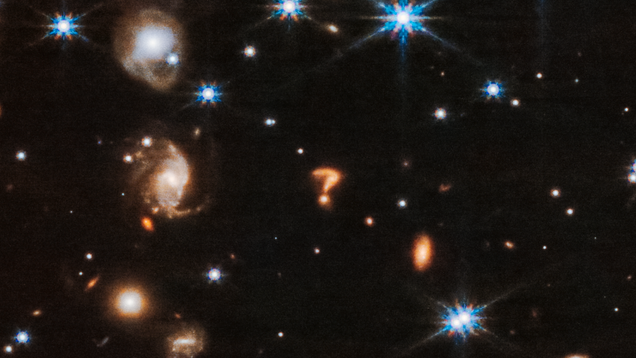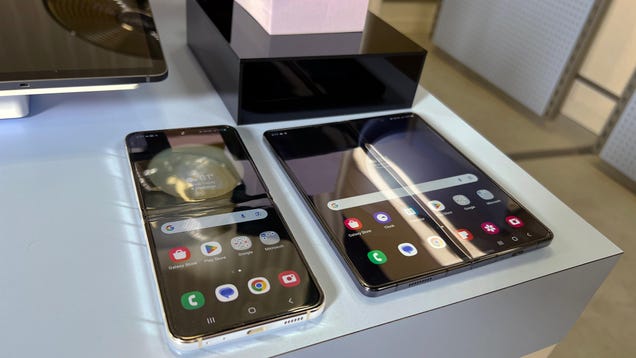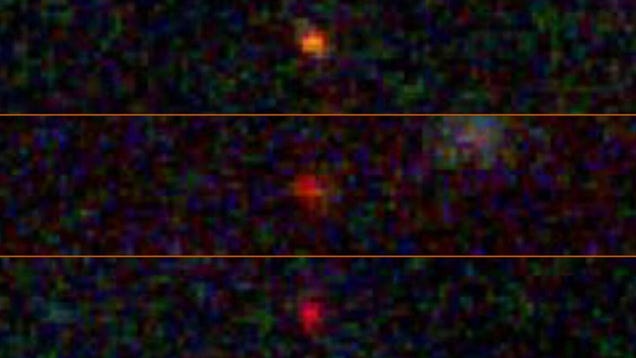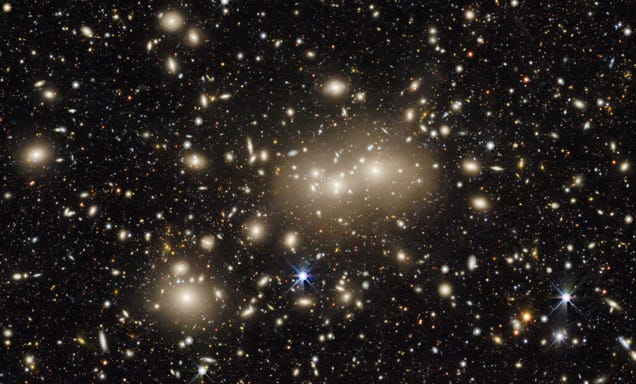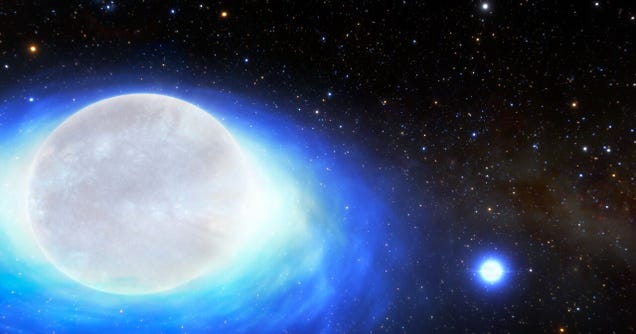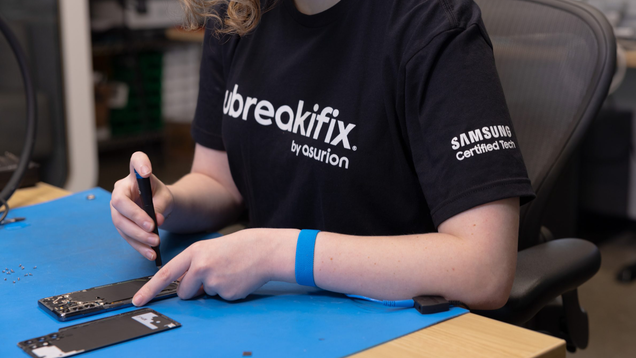
There’s some good news for those reluctant to carry a folding smartphone without an accessible safety net. Samsung has partnered with Asurion to convert existing uBreakiFix locations into specialized Samsung repair shops. By the end of 2023, the company says it will will equip 50 stores around the U.S. with the proper…

